Resources - Page 11
MULTIRULE CHOICE:
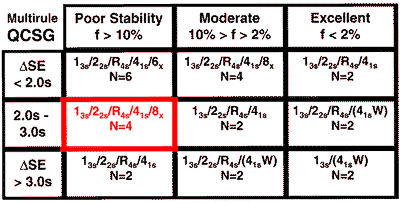
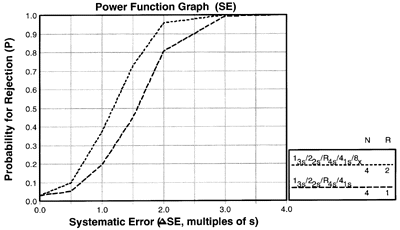
Plot your critical-error on the x-axis of this power function graph. Draw a vertical line from that point to intersect the power curves. Where the curves and critical-error meet indicates how much error detection each control rule will provide.
MULTIRULE CHOICE:

You have many problems to detect, but fortunately medically important errors are large in size and may be detectable. It is recommended that you increase the number of rules to four and apply the 41s rule across two runs (R=2) as a rejection rule. The power curves below show the rejection characteristics within one run (R=1) and across two runs (R=2):
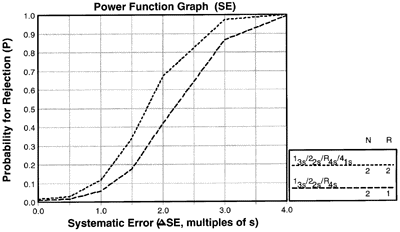
Plot your critical-error on the x-axis of this power function graph. Draw a vertical line from that point to intersect the power curves. Where the curves and critical-error meet indicates how much error detection each control rule will provide.
MULTIRULE CHOICE:
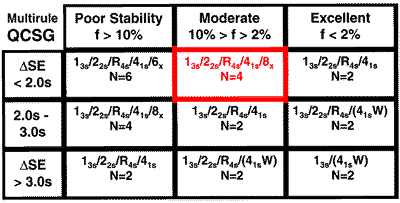

Plot your critical-error on the x-axis of this power function graph. Draw a vertical line from that point to intersect the power curves. Where the curves and critical-error meet indicates how much error detection each control rule will provide.
MULTIRULE CHOICE:
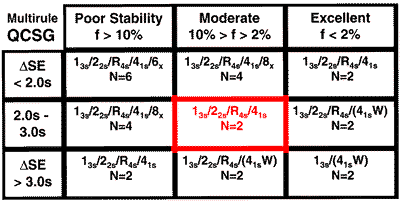
You have a moderate number of problems and medically important errors are moderate in size (errors neither hard nor easy to detect). It is recommended that you increase the number of rules to four and apply the 41s rule across two runs (R=2) as a rejection rule. The power curves below show the rejection characteristics within one run (R=1) and across two runs (R=2):

Plot your critical-error on the x-axis of this power function graph. Draw a vertical line from that point to intersect the power curves. Where the curves and critical-error meet indicates how much error detection each control rule will provide.
MULTIRULE CHOICE:
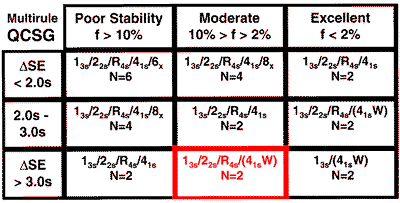
You have a moderate number of problems, but the medically important errors are relatively large and therefore easy to detect. You should use a three rule multirule procedure with N=2 for within run detection and add a 41s rule to provide a more sensitive warning rule that works across two runs (R=2). The power curves below show the rejection characteristics within a run (R=1) and across two runs (R=2):

Plot your critical-error on the x-axis of this power function graph. Draw a vertical line from that point to intersect the power curves. Where the curves and critical-error meet indicates how much error detection each control rule will provide.
